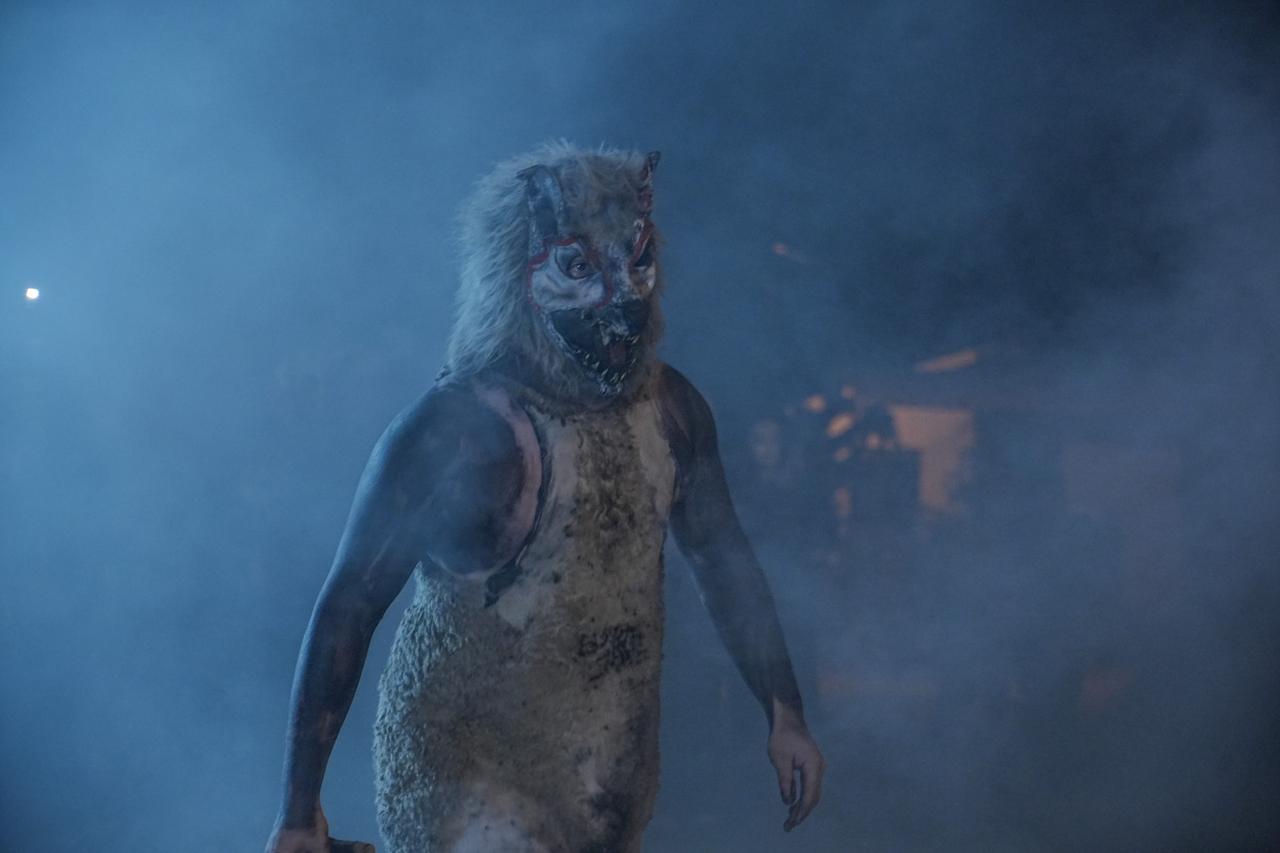
For over four centuries, the Ottoman Empire’s military success was not just rooted in strategic acumen or overwhelming firepower. Part of its psychological warfare came galloping on horseback—unorthodox, fearless, and visually unforgettable. These were the Deliler—translated as “the madmen”—elite cavalrymen whose terrifying appearance and unpredictable tactics made them legendary figures on both battlefield and folklore.
Their flamboyant costumes, adorned with eagle feathers, animal pelts, and eccentric headdresses, were not simply a fashion statement but a tactical tool of intimidation. So effective was their impact that by the 15th century, even the famed Polish Winged Hussars began to mimic their style, carrying echoes of Ottoman military aesthetics into the heart of Europe.

The Deli cavalry first emerged in the late 15th century, originally formed in frontier provinces like Semendire and Bosnia. Functioning under the command of provincial governors such as the Rumeli Beylerbeyi or Sancakbeyleri, Deliler were light cavalry units, often deployed for shock attacks, reconnaissance, and psychological warfare. Unlike the more regimented Janissaries or Sipahis, Deliler thrived on unpredictability.
These elite horsemen were not open to just anyone. They were recruited based on physical prowess, bravery, and psychological resilience. Often hailing from the Balkans—among the ranks were Bosniaks, Albanians, Croats, and Serbs—they had to undergo strict selection processes and ceremonial rites. Entrance into a Deli Ocagi (Deli Corps) was marked by the donning of a special fur cap, while expulsion came with the humiliating replacement of the cap with a felt hat.

The Deliler’s clothing was nothing short of theatrical. They wore cloaks made from leopard or lion skins, breeches sewn from bear and wolf hides, and boots known as serhadlik, styled with long spurs. Their headgear often consisted of caps made from hyena or panther skin, decorated with eagle feathers and talons. They even festooned their shields with wings to resemble birds of prey mid-flight.
Their weaponry was equally imposing. Each Deli carried a curved sword (pala), a lance (kostanice), axes, maces (bozdogan), and firearms such as pistols or muskets. However, it was the image they projected that left the most lasting impact—on enemy troops and even allied forces. French and Venetian travelers in the 17th century described them as both awe-inspiring and deeply unsettling.

The Polish-Lithuanian Commonwealth, particularly in the 16th and 17th centuries, became one of the Ottoman Empire’s fiercest rivals in Europe. Yet, in a twist of admiration and tactical emulation, the elite Winged Hussars of Poland began adopting visual elements from the Deli warriors. Massive feathered wings were attached to their backs or saddles, creating a whirring sound that terrified horses and soldiers alike.
This act of mimicry is more than a curious footnote—it is a testament to how cultural and martial aesthetics traveled across hostile borders. It also underscores the influence of Ottoman military tradition on shaping early modern European warfare.

As the Ottoman Empire began to decline in the 18th century, so too did the discipline and relevance of the Deli Corps. What were once elite warriors devolved into undisciplined marauders, feared more by local populations than foreign enemies. Their final appearance in battle occurred during the 1828–1829 Russo-Ottoman War. Recognizing their disruptive influence, Sultan Mahmud II disbanded the corps in 1829 as part of wider military reforms.
Even after their dissolution, the legacy of the Deliler lived on through European military units and orientalist art. Today, their memory endures in the annals of military history—not as conventional soldiers, but as a blend of myth, terror, and theatrical warfare.